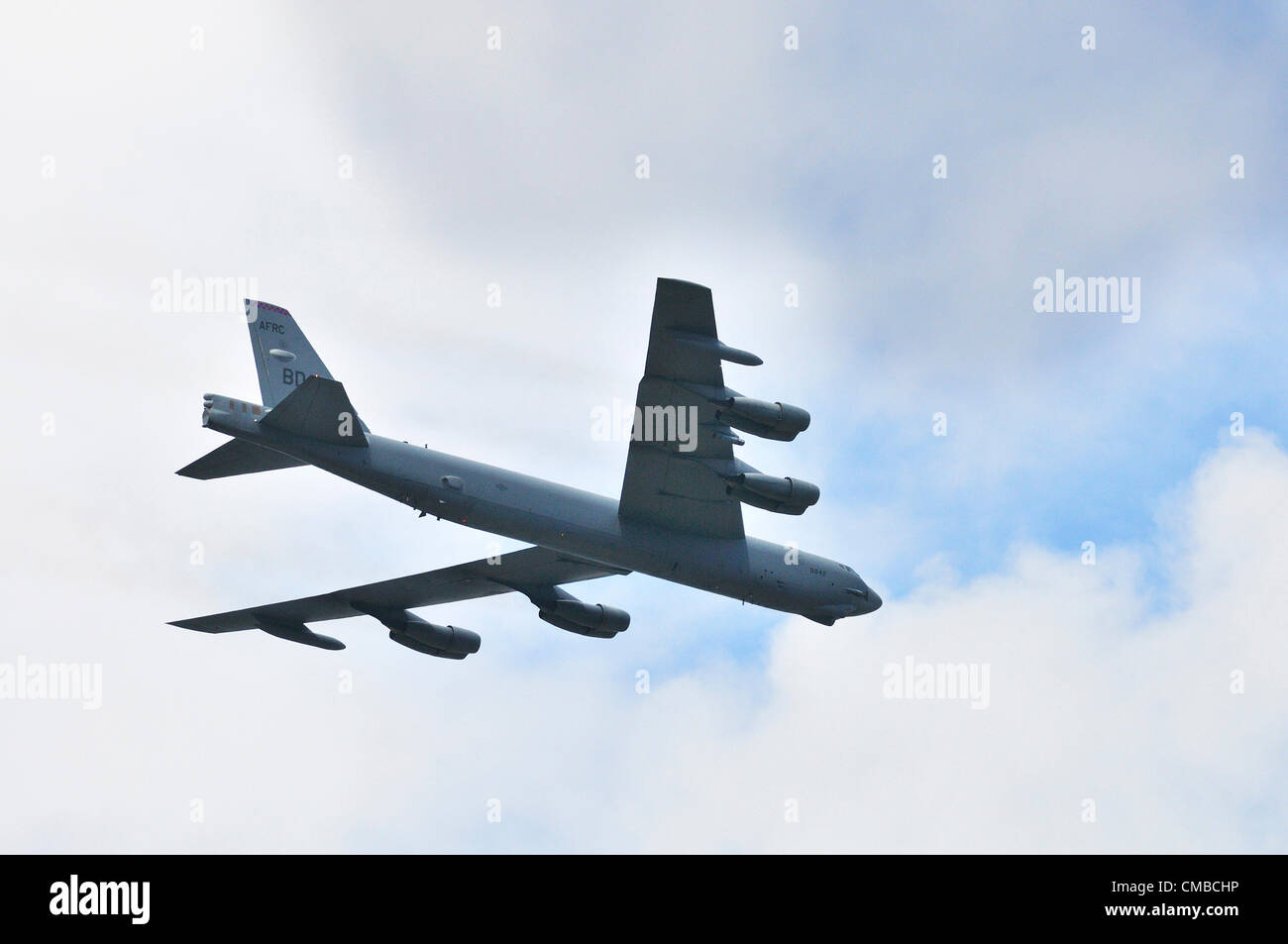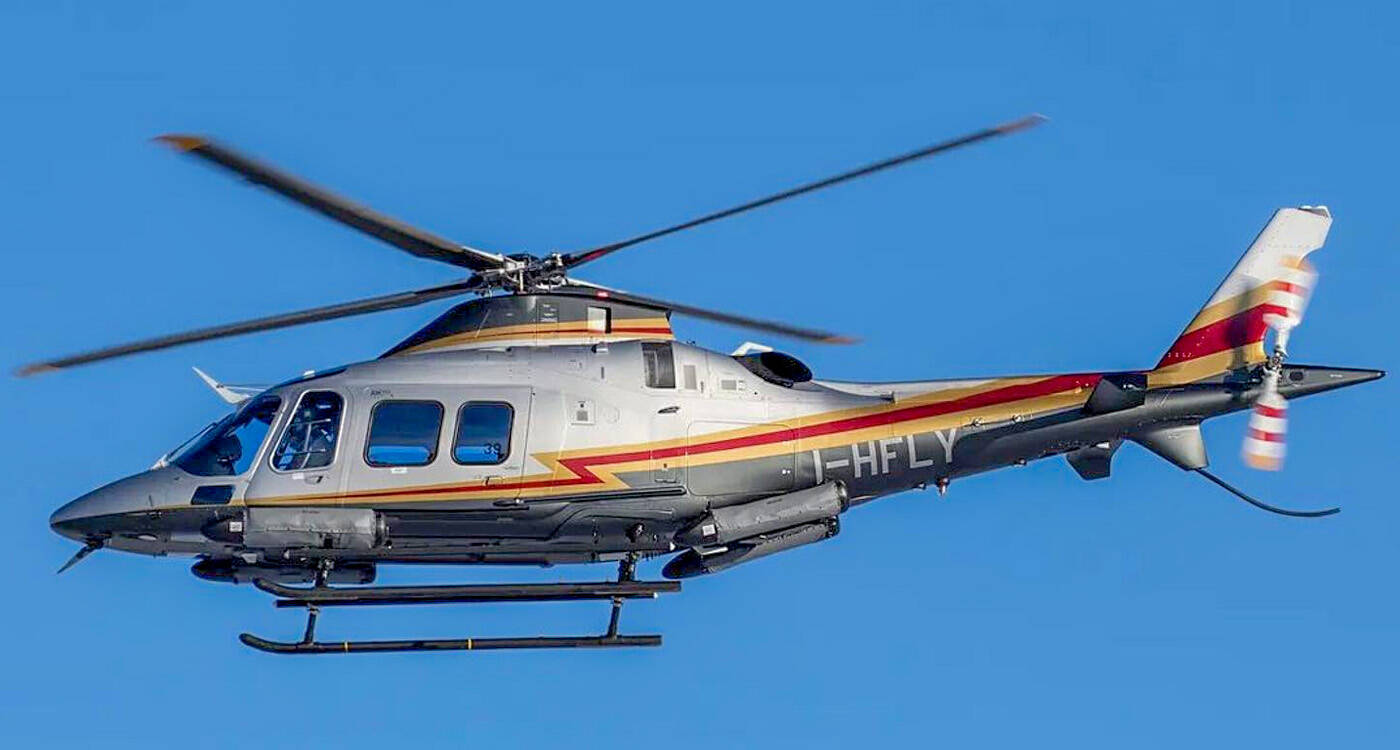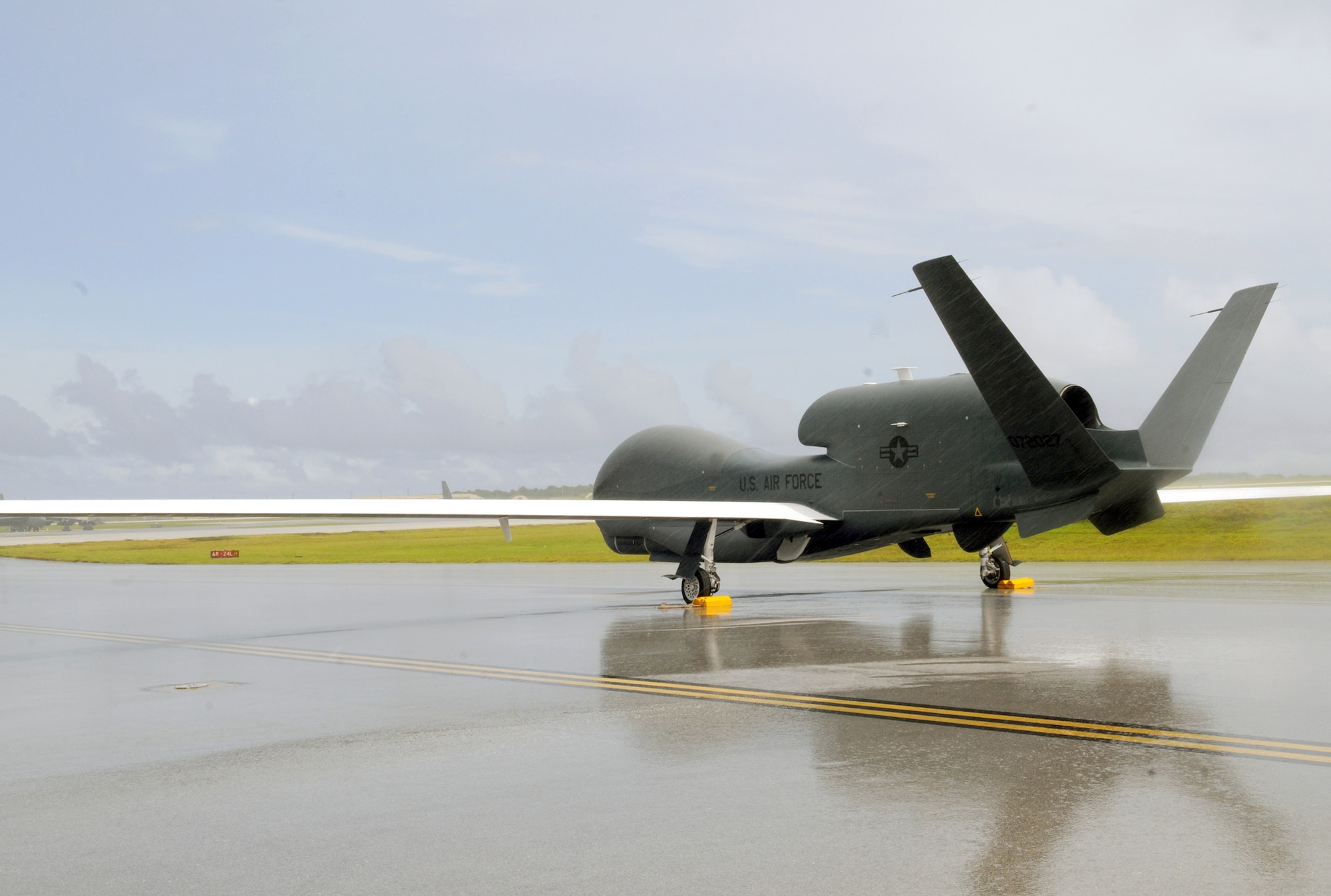Forte 10 Aircraft - Yesterday at around 23:30 CET, the USAF Northrop Grumman RQ-4A (reg. 10-2021 - call sign FORTE10) departed NAS Sigonella on a reconnaissance mission around the Russian enclave of Kaliningrad.
The drone usually flies over Eastern Europe to the Baltic Sea. This time the Global Hawk took another route through Western Europe: this is not the first time to follow this route on FORTE, but it is unusual.
Forte 10 Aircraft
This site uses cookies to improve your experience. We assume you're fine with that, but you can opt out if you want. Accept Denial Read more
Su 25: This Old Soviet Era Warplane Is Delivering A Big Impact In The Russia Ukraine War
This website uses cookies to improve your experience while browsing the website. Among these cookies, the cookies are divided into categories that are stored in your browser because they are necessary for the basic functions of the website to work. We also use third-party cookies that help us analyze and understand how you use this website. These cookies are only stored in your browser with your consent. You also have the option to opt out of these cookies. However, opting out of some of these cookies may affect your browsing experience.
Necessary cookies are required for the website to function properly. This section only includes cookies that provide essential website functionality and security functions. These cookies do not store any personal information.
Any cookies that may not be strictly necessary for the site to function and are used directly to collect user data through analytics, ads or other embedded content are called non-essential cookies. Before running these cookies on your website, user consent is required. For the first time, we are looking at two missions by two US drones near Crimea.
This time, the US Air Force Northrop Grumman RQ-4B (reg. 11-2049 - call sign FORTE10) left NAS Sigonella on an ISR mission over the Black Sea near Crimea. Meanwhile, another USAF Northrop Grumman RQ-4B (call sign FORTE12) from the Persian Gulf arrived in the area to perform a similar mission.
More Details On Lca And Uav Rfi
This site uses cookies to improve your experience. We assume you're fine with that, but you can opt out if you want. Accept Denial Read more
This website uses cookies to improve your experience while browsing the website. Among these cookies, the cookies are divided into categories that are stored in your browser because they are necessary for the basic functions of the website to work. We also use third-party cookies that help us analyze and understand how you use this website. These cookies are only stored in your browser with your consent. You also have the option to opt out of these cookies. However, opting out of some of these cookies may affect your browsing experience.
Necessary cookies are required for the website to function properly. This section only includes cookies that provide essential website functionality and security functions. These cookies do not store any personal information.

Any cookies that may not be strictly necessary for the site to function and are used directly to collect user data through analytics, ads or other embedded content are called non-essential cookies. Before running these cookies on your website, user consent is required. A USAF Northrop Grumman RQ-4B Global Hawk (call sign FORTE10) departed NAS Sigonella heading north this morning. A drone is now flying over Romania.
A 1h Skyraider
This site uses cookies to improve your experience. We assume you're fine with that, but you can opt out if you want. Accept Denial Read more
This website uses cookies to improve your experience while browsing the website. Among these cookies, the cookies are divided into categories that are stored in your browser because they are necessary for the basic functions of the website to work. We also use third-party cookies that help us analyze and understand how you use this website. These cookies are only stored in your browser with your consent. You also have the option to opt out of these cookies. However, opting out of some of these cookies may affect your browsing experience.
Necessary cookies are required for the website to function properly. This section only includes cookies that provide essential website functionality and security functions. These cookies do not store any personal information.
Any cookies that may not be strictly necessary for the site to function and are used directly to collect user data through analytics, ads or other embedded content are called non-essential cookies. Before running these cookies on your website, user consent is required. The Northrop Grumman RQ-4 Global Hawk is a high-altitude aircraft rated for 1990-2020. plane of vision. It was originally developed by Ryan Aeronautical (now part of Northrop Grumman) and was known as Tier II+ during development. The RQ-4 provides wide-area surveillance and precision surveillance using high-resolution Synthetic Aperture Radar (SAR) and electro-optical/infrared (EO/IR) sensors with long-travel time over target areas. It can survey up to 40,000 square miles (100,000 km)
Struts / Engine Mounts
The Global Hawk is used by the United States Air Force (USAF). It is used as a High Altitude Long Endurance (HALE) platform
Covers a range of intelligence gathering capabilities to support forces in global military operations. According to the USAF, the superior capability of the surveillance aircraft allows for more accurate weapon targeting and better protection of the armed forces.
Due to the increase in prices, the initial plan to purchase 63 aircraft was reduced to 45, and in 2013. it was ordered to use the 21 Block 30 indicators of intelligence difference.

The US Navy developed the Global Hawk in the MQ-4C Triton maritime surveillance platform. From 2022 The US Air Force plans to retire its Global Hawks in 2027.
World's First Commercial Electric Plane Completes Point To Point Flight
This section needs to be supplemented with: development, status and history of production; This post is almost exhausting about evts after 2006-2008. You can help by adding to it. (July 2014)
In the 1990s, the Air Force developed aerial observation platforms. One was a stealth Lockheed Martin RQ-3 DarkStar; the other was the Global Hawk. Due to budget cuts, only one of the programs could survive. It was decided to go with the Global Hawk because of its size and cost rather than hack the Dark Star.
In order to evaluate the design and demonstrate its feasibility. RQ-4 capability was much needed in the Middle East; therefore, the prototype aircraft was used by the USAF in the Afghan war. In an unusual move, the aircraft entered low-cost production while still in development and production. Nine production Block 10 aircraft were produced, sometimes called the RQ-4A; of these, two were sold to the US Navy and the other two were sent to Iraq to support operations there. The last Block 10 aircraft was delivered in 2006. June 26
To increase the capacity of the aircraft, the airframe was modified - the nose section and wings were extended. The modified aircraft was designated RQ-4B Block 20,
Nato Isr Planes Monitor Russian Military Build Up
It can carry 1,360 kilograms of payload. These changes were introduced with the first flight of Block 20, the 17th Global Hawk produced, which was unveiled at a ceremony in 2006. August 25
The first flight of Unit 20 from USAF Plant 42 in Palmdale, California to Edwards Air Force Base took place in 2007. March 1 Development tests for Unit 20 were conducted in 2008.
The United States Navy brought two Block 10 aircraft to test their maritime surveillance capabilities, designated N-1 (BuNo 166509) and N-2 (BuNo 166510).

The first prototype of the fleet was briefly tested at Edwards Air Force Base, and in 2006 March. moved to Naval Air Station Patuxt River for the Global Maritime Demonstration Program (GHMD) operated by Naval Air Squadron VX-20.
Rag Wing Roots
In 2006 in July, the GHMD plane flew for the first time on the edge of the Pacific Ocean (RIMPAC exercise). Although it was close to Hawaii, the plane flew from NBVC Point Mugu, requiring a flight distance of approximately 2,500 kilometers (4,000 km) to reach this location. Four squadrons flew, resulting in more than 24 hours of continuous naval surveillance involving the aircraft carrier USS Abraham Lincoln and the amphibious assault ship USS Bonhomme Richard. GHMD's Global Hawk program is tasked with maintaining maritime situational information, monitoring communications and image support for the exercise. The photos were taken to NAS Patuxt River to be processed and sent to the Hawaiian Navy.
Northrop Grumman entered the RQ-4B in the US Navy's Wide Area Maritime Surveillance (BAMS) UAV competition. in 2008 April 22 the Northrop Grumman RQ-4N was announced as the winner and the Navy received the contract for $1.16 billion.
The main difference between the Navy MQ-4C and the Air Force RQ-4 is its wing. While the Global Hawk remains at a high altitude for observation, the Triton climbs to 50,000 feet (15,000 m) to see a wider area and can descend to 10,000 feet (3,000 m) for better visibility. purpose The Triton's wings are specially designed to withstand the rigors of rapid descent. Although similar in shape to the Global Hawk's wings, the Triton's inner wing structure is much stronger
Melatonin forte 10 mg, 10 kia forte, rv 10 aircraft for sale, digesta guard forte 10, forte agent windows 10, perque digesta guard forte 10, prv 10 forte, aircraft 10, fenbid forte 10 gel, free x plane 10 aircraft, biotin forte 10 mg, forte 10

0 Comments